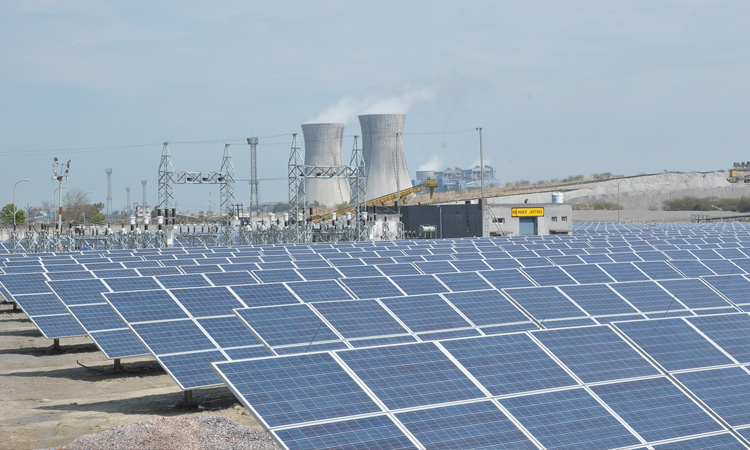The Ministry of New and Renewable Energy (MNRE) has issued guidelines to electricity distribution companies about how bids can be lodged in tenders to allocate a mixture of coal-fired and renewable energy back-up grid capacity.
Under the terms of the scheme, the power price tariffs offered by developers of such hybrid facilities will have a quarter of their value index linked to either the price of domestic or imported coal, as determined by the Central Electricity Regulatory Commission – demonstrating the pitfalls represented by the variable price of the fossil fuel.
The MNRE guidelines task generators with offering at least 85% of their capacity over the course of each year and during peak demand hours. At least 51% of the energy generated must come from renewables, with thermal power able to provide the rest and balance out generation from intermittent solar and wind facilities under the round-the-clock power supply regime.
Coal
The guidelines offer coal-fired power as a balancing solution, instead of energy storage, with the latter simply an option which can contribute to the 51% renewables requirement, providing facilities are charged with clean energy.
A reverse-bidding procurement regime will see generators bid a composite tariff for such hybrid facilities, which will apply for the 25-year duration of power purchase agreements.
However, flexibility will be offered for the coal-fired element of the equation, with the ministry guidelines stating: “The cost of thermal power varies with the price of coal, operation and maintenance cost etc. To accommodate such variations in the cost in the entire energy mix, 25% of the composite tariff shall be indexed and adjusted, with the index of domestic coal or the imported coal, as the case may be, as notified by Central Electricity Regulatory Commission (CERC) from time to time.”
With generators required to bid for facilities with a minimum generation capacity of 250 MW, penalties will be applied in the case of any energy supply shortfalls, the ministry specified. Any generator unable to hit the 85% minimum power supply requirement will have to pay a quarter of the maximum indexed composite tariff payable during the year, for each unit of shortfall. That 25% composite tariff penalty will also be applied in the case of generators unable to ensure at least 51% of the power provided comes from renewables.
This content is protected by copyright and may not be reused. If you want to cooperate with us and would like to reuse some of our content, please contact: editors@pv-magazine.com.









By submitting this form you agree to pv magazine using your data for the purposes of publishing your comment.
Your personal data will only be disclosed or otherwise transmitted to third parties for the purposes of spam filtering or if this is necessary for technical maintenance of the website. Any other transfer to third parties will not take place unless this is justified on the basis of applicable data protection regulations or if pv magazine is legally obliged to do so.
You may revoke this consent at any time with effect for the future, in which case your personal data will be deleted immediately. Otherwise, your data will be deleted if pv magazine has processed your request or the purpose of data storage is fulfilled.
Further information on data privacy can be found in our Data Protection Policy.